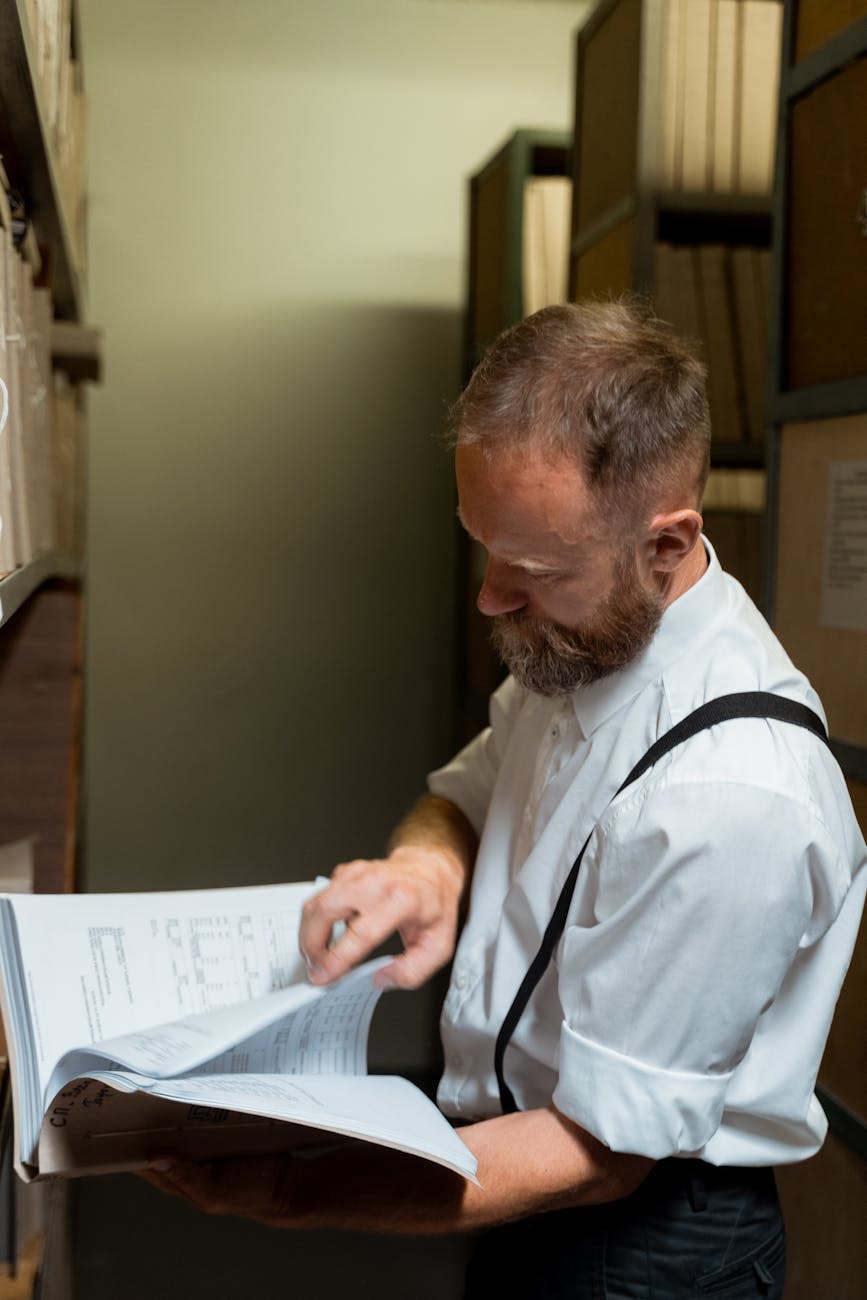Understanding the Threat of Political Violence
Jon Meacham, a respected historian, has been vocal about the escalating concerns surrounding political violence in America. He warns that the very fabric of democracy is at risk. As political tensions rise, the threat of violence becomes more palpable, signaling that we may be on the brink of a national crisis. This isn’t just a passing fear; it’s a warning that demands attention. The stakes are high, and ignoring them could lead to catastrophic consequences for our democratic institutions.
The Historical Context of Political Violence
Meacham emphasizes that political violence is not a new phenomenon in American history. From the Civil War to the assassinations of key figures, our past is riddled with instances where violence has intersected with politics. However, the current landscape is different. The advent of social media and a 24/7 news cycle amplifies tensions, making it easier for inflammatory rhetoric to escalate into real-world violence. The historian urges us to recognize these patterns and learn from them. Unlike previous eras, today’s political environment allows misinformation to spread rapidly, creating a volatile atmosphere where individuals feel justified in resorting to violence to express their discontent.
Current Events and Their Implications
In recent years, events like the January 6 Capitol riot have underscored the fragility of our democratic institutions. Meacham argues that such incidents reflect a broader discontent and a breakdown in civil discourse. When political opponents are seen not just as rivals but as enemies, it creates fertile ground for violence. The implications are dire: if left unchecked, this mindset could erode the democratic ideals that have long defined America. The consequences of this divide are not merely theoretical; they manifest in increased polarization among the populace, making compromise and collaboration nearly impossible.
The Role of Leadership in Mitigating Violence
Meacham stresses the importance of responsible leadership in mitigating the threat of political violence. Leaders must set the tone for their followers, advocating for dialogue rather than division. When leaders demonize opponents or encourage violence, they contribute to a cycle that can spiral out of control. It’s imperative that those in power prioritize the preservation of democracy over short-term political gains. This responsibility extends beyond elected officials to community leaders, educators, and influencers, who must all play their part in cultivating a culture of respect and understanding.
What Can Be Done?
So, what steps can be taken to address this growing concern? Meacham suggests a multifaceted approach: fostering community engagement, promoting civil discourse, and ensuring accountability for those who incite violence. It’s not just up to politicians; citizens need to take an active role in defending democratic values. Grassroots initiatives, town hall meetings, and open forums can help bridge divides and foster understanding among differing viewpoints. Only by working together can we hope to stave off the threats that loom over our democracy. Education plays a pivotal role here; teaching young people the importance of critical thinking and respectful debate is essential to building a resilient society.
The Call to Action
Moreover, individuals must be vigilant about the information they consume and share. In a world flooded with misinformation, critical thinking skills have never been more crucial. Whether it’s fact-checking reports or engaging with opposing viewpoints, every action contributes to a larger effort to stabilize our political landscape. As Meacham notes, the future of American democracy rests on our collective shoulders. It’s a call to action for not just leaders but for every citizen to actively participate in shaping a more civil and democratic society.
Questions
What role do you think social media plays in escalating political violence?
How can citizens actively promote civil discourse in their communities?
What responsibility do leaders have in addressing political violence?

